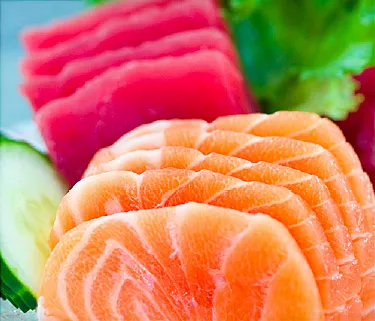Ending the year 2012 with this post on Fitness Myths and Half-Truths. As the beginning of 2013 fuels a mass exodus of New Year's resolutions, and one being going to the gym and working on one's fitness, hopefully this will be of some use to plan fitness goals wisely. Good luck to everyone, may the New Year bring happiness and good health. Cheers to your fitness goals!
-FITNESSCOP
Fitness Myths and Half-Truths
Can you spot the truth and the lies?
By Elizabeth Quinn, About.com Guide
Updated November 10, 2008
About.com Health's Disease and Condition content is reviewed by the Medical Review BoardNo Pain, No Gain Exercise does not need to hurt to be good for you. In fact, if it does hurt you’re probably doing something wrong. Some soreness is common for a first time exerciser, but if that continues, you are pushing way too hard. Delayed onset muscle soreness, in which pain occurs up to 48 hours after exercise, results from inflammation and microscopic tears in the elastic tissues that surround muscle fibers. To give muscles time to adapt, don’t do much too soon, or you will risk injury.
Excessive Sweating While Exercising Means You’re Not Fit
In fact, it's just the opposite. Sweating during exercise is a sign of an efficient cooler. An athlete who has adapted to keep the body core cool during exercise will shunt blood to the skin’s surface more quickly and release heat from the body. At the same time, the sweat glands increase their output and thus cool the body during sweat evaporation. While fit people produce more sweat than sedentary folks, they lose less sodium, because more of it is reabsorbed by the body. The result is a more efficient cooler.
Fat and muscles are two different tissue types. One can not convert to the other. The truth is that muscles atrophy when not used. Therefore, if you continue to eat as you always have, but stop exercising, you will see an increase in body fat and a loss of muscle mass. Of course, the real question is why are you stopping exercise in the first place?
It really isn't important what percentage of energy during exercise comes from fat or carbohydrate. What matters at the end of the day is how many total calories were expended. The higher the exercise intensity, the more calories are burned per minute. Many new exercisers, however, are encouraged to exercise at a lower intensity because high-intensity exercise is difficult to sustain, and safer.
Read More: Energy for Exercise_Short, High Intensity Exercise Burns More Calories
If you try to make up for poor nutrition by exercising, you are going to be disappointed. While eating poorly and not exercising is far worse for your health that eating poorly and exercising, you will get the most out of your workouts if you fuel them with high quality foods.
Nothing could be farther from the truth. Research shows that even moderate exercise, such as walking and gardening a few times a week, can have tremendous benefits. One study found that gardening for as little as an hour a week reduced the risk of heart disease.
While consistent exercise can make a huge difference in quality and quantity of life, it can't fix everything. Individuals with other health issues and diseases still need to follow a physician's advice when it comes to disease management protocols. And although exercise alone can not guarantee your health, or cure you of illness, regular physical activity has been shown to help everything from arthritis and heart disease to asthma and diabetes.
Weight Training Will Bulk You Up
Many women use this excuse to avoid weight training. What they don't realize it that weight training is often the easiest and quickest way for women to lose body fat and increase muscle definition. Ten Reason Women Should Lift Weights.
To Build Muscle Requires Massive Amounts of Protein
There is no scientific evidence supporting the popular belief that athletes require massive amounts of protein. According to Dr. Suzanne Nelson Steen, head of the University of Washington Huskies Sports Nutrition Program, strength athletes require just slightly more protein than other individuals and still need adequate carbohydrate to replenish muscle glycogen. She points out that all high intensity, powerful muscle contractions (such as weight lifting) are fueled with carbohydrate. "Neither fat nor protein can be oxidized rapidly enough to meet the demands of high-intensity exercise. Adequate dietary carbohydrate must be consumed on a daily basis to restore glycogen levels." To build more muscles, you simply have to follow a good weight training program and eat a well balanced diet consistently.
Read More: How to Feed Your Muscles.
The More Exercise The Better
Of course you can get too much exercise. Many top athletes give in to this myth, and many pay the price with injury, illness and depression. When it comes to exercise, you need an appropriate balance of training and rest in order to perform optimally. See: Overtraining.
http://sportsmedicine.about.com/cs/conditioning/a/aa052001a.htm

 olives and certain vegetable oils. MUFAs are not typically taken as a supplement (as Conjugated linoleic acid or CLA often is), since they are plentiful in foods.
olives and certain vegetable oils. MUFAs are not typically taken as a supplement (as Conjugated linoleic acid or CLA often is), since they are plentiful in foods. 
























